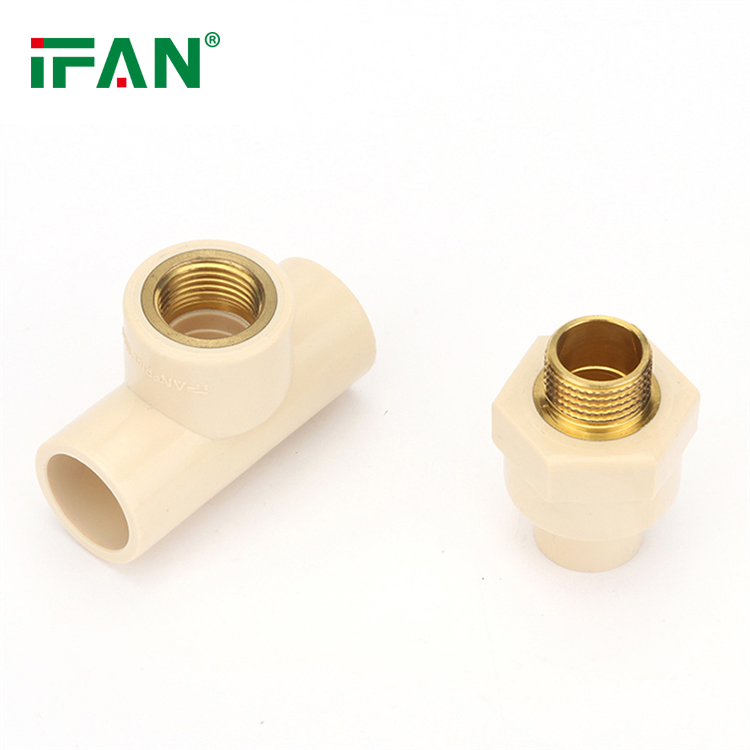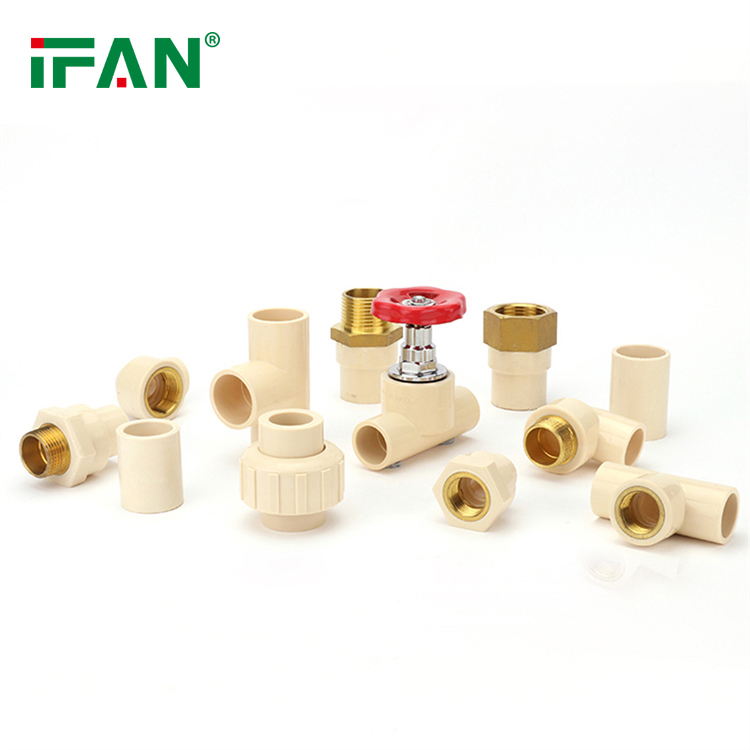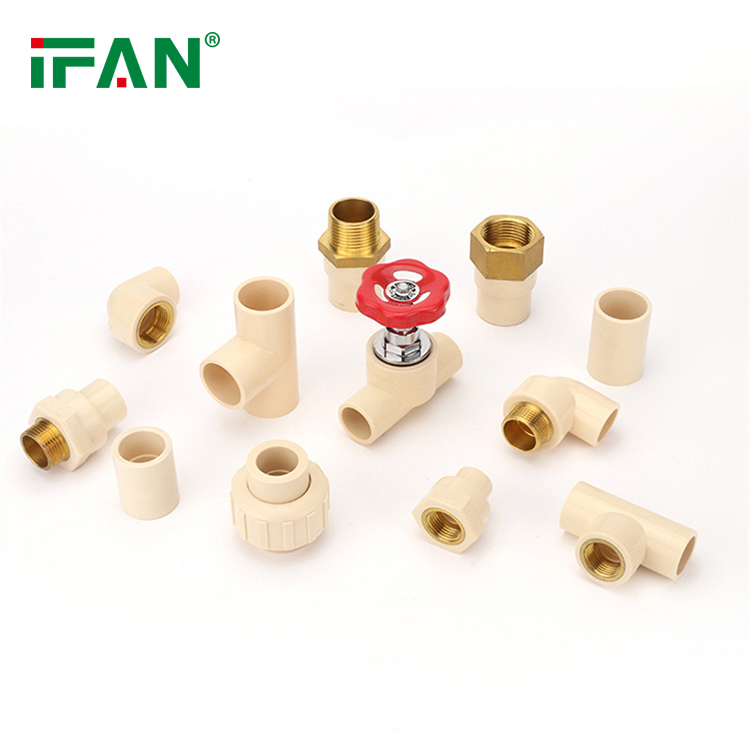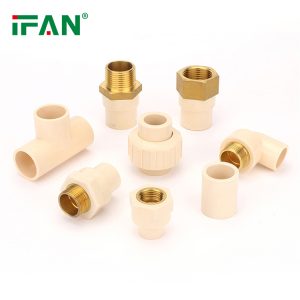Description
IFAN factory 30+ years manufacture experience support color /size customization support free sample.Welcome to consult for catalog and free samples.This is our Facebook Website:www.facebook.com,Click to watch IFAN’s product video.Compared with Tomex products, our IFAN products from quality to price are your best choice, welcome to buy!
Chlorinated Polyvinyl Chloride (CPVC) has become a popular choice for hot water systems due to its unique properties and advantages over traditional materials. This article explores the various benefits of using CPVC fittings in hot water applications, highlighting their efficiency, durability, and safety features.
1. High Temperature Resistance
One of the primary advantages of CPVC fittings is their ability to withstand high temperatures. CPVC can handle temperatures up to 200°F (93°C), making it ideal for hot water distribution systems. Unlike PVC, which can warp or deform under heat, CPVC maintains its structural integrity even in extreme conditions. This temperature resistance ensures that hot water flows efficiently without the risk of leaks or pipe failure, providing peace of mind for homeowners and facility managers alike.
2. Corrosion and Chemical Resistance
CPVC fittings are highly resistant to corrosion, unlike metal pipes that can rust or degrade over time when exposed to hot water. This property is particularly beneficial in systems where aggressive water chemistry is present. CPVC does not react with most chemicals, ensuring that the integrity of the piping system is maintained. As a result, users can expect a longer lifespan from their plumbing systems with minimal maintenance, reducing replacement costs and downtime associated with failures.

3. Lightweight and Easy to Install
Another significant benefit of CPVC fittings is their lightweight nature, which makes them easier to handle and install compared to traditional materials like copper or steel. Installation requires fewer tools and less labor, resulting in reduced installation costs. Additionally, CPVC fittings can be joined using solvent cement, which simplifies the process and allows for quicker assembly. This ease of installation is especially advantageous for large-scale projects or renovations where time efficiency is crucial.
4. Energy Efficiency
Using CPVC fittings in hot water systems can contribute to energy efficiency. CPVC has excellent thermal insulation properties, which help to minimize heat loss during water transport. This insulation reduces the overall energy consumption required to maintain hot water temperatures, resulting in lower utility bills for users. Furthermore, the smooth interior surface of CPVC fittings minimizes friction, allowing for improved flow rates and reduced energy expenditure in heating systems.

5. Safety and Compliance
Safety is a paramount concern in any plumbing system, especially regarding hot water. CPVC fittings are non-toxic and do not leach harmful chemicals into the water supply, ensuring that the water remains safe for consumption. Additionally, CPVC is compliant with various plumbing codes and standards, making it a reliable choice for both residential and commercial applications. The material’s fire-resistant properties further enhance safety, as it does not contribute to flame spread, offering additional protection in case of fire.
Conclusion
In summary, CPVC fittings offer numerous benefits for hot water systems, including high-temperature resistance, corrosion and chemical resilience, lightweight installation, energy efficiency, and safety compliance. These advantages make CPVC an excellent choice for both new installations and retrofitting existing systems. By opting for CPVC fittings, users can ensure a durable, efficient, and safe hot water distribution system that meets their needs while minimizing maintenance and operational costs.
Related products












